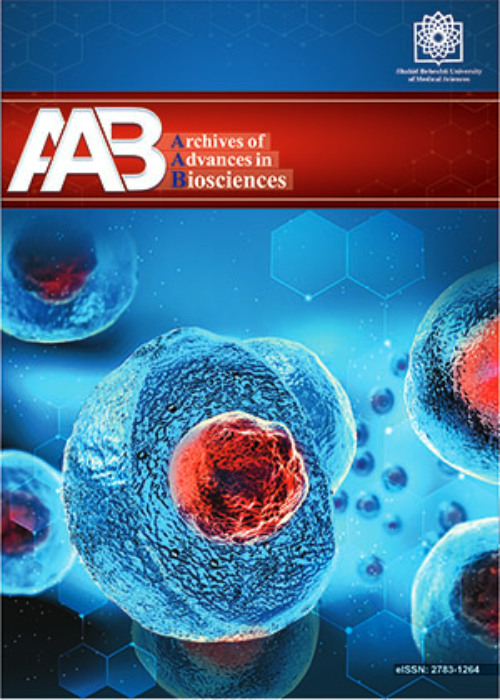Evaluation of the Antioxidant Potential of Lactobacillus Fermentum as a Nutritional Supplement in Alleviating Pb2+-induced Oxidative Stress in Poisoned Adult Zebrafish
The present study aims to evaluate the possible amelioration of the toxic effect of Pb2+ on the liver and kidney organs of zebrafish (Danio rerio) by the probiotic strain Lactobacillus fermentum as a dietary supplement.
Zebrafish that had beedn treated with probiotics for 60 days were exposed to 0-1500 μg/L Pb2+ for 72h. The LC50 for the control group was determined, and biometric, histological, and antioxidant biomarkers were assessed. This included lipid peroxidation, SOD (superoxide dismutase) activity, reactive oxygen species (ROS) levels, and inflammatory response, focusing on interleukin-8 (IL-8) and interferon-gamma (IFN-γ) gene expression.
Based on morphological analysis, the probiotic-enriched diet had no significant effect on the weight and length of zebrafish as biometric parameters. However, it reduced tissue heavy metal accumulation and mortality by 83% at 1500 μg/L Pb2+ after 72 hours of T2 treatment. Tissue damage, including hepatocyte necrosis, renal and tubular degeneration, decreased significantly in treated groups. Oxidative stress analysis revealed that probiotic treatment alleviated free radical production, SOD activity, and malondialdehyde (MDA) levels in zebrafish, allowing them to tolerate more than 300 μg/L Pb2+. In addition, probiotic-treated zebrafish showed a significant recovery in SOD2, IL-8, and IFN-γ mRNA expression, indicating an improved immune system.
In conclusion, a diet enriched with Lactobacillus fermentum reduced the oxidative stress and improved the resistance of zebrafish to the sub-lethal dose of Pb2+. Overall, Lactobacillus fermentum shows potential as a dietary supplement for aquaculture in Pb2+-contaminated areas.


